Time is continuing its ever forward march. We have already made it to the half point of January and things really do need to slow down a bit. Take a bit of a break and check out these new poetry books.
 “Concentrate” is the debut poetry book by Courtney Faye Taylor. Taylor recounts the events of March 16, 1991, the day that Latasha Harlins, a fifteen-year-old girl, was killed by a convenience store owner. But the work is not just about Latasha’s death, but the all too short life she experienced. Taylor parallels these experiences with her own life and how trauma can permanently alter a person’s trajectory. Taylor shows how society reacted differently to the tragedy, through song lyrics, interviews from those involved in the criminal case, even the locations significant to the event, and Latasha’s legacy. Taylor strives to convey that erasure of an event is not the way to heal, it is through continued conversation and understanding. That solidarity comes from acknowledgement, and while the path to understanding is uncomfortable, it is the only path through.
“Concentrate” is the debut poetry book by Courtney Faye Taylor. Taylor recounts the events of March 16, 1991, the day that Latasha Harlins, a fifteen-year-old girl, was killed by a convenience store owner. But the work is not just about Latasha’s death, but the all too short life she experienced. Taylor parallels these experiences with her own life and how trauma can permanently alter a person’s trajectory. Taylor shows how society reacted differently to the tragedy, through song lyrics, interviews from those involved in the criminal case, even the locations significant to the event, and Latasha’s legacy. Taylor strives to convey that erasure of an event is not the way to heal, it is through continued conversation and understanding. That solidarity comes from acknowledgement, and while the path to understanding is uncomfortable, it is the only path through.
 “The Study of Human Life” by Joshua Bennett takes aspects of life into consideration in his latest work. Beginning with poems working through his own childhood, Bennett perceives the world and how the world perceives Bennett. It shows his coming to terms with his own relationship to his father and how his own expectations of himself did not meet up with the world’s expectations. The work ends in a series of poems focusing on new life and a new role of fatherhood. Bennett works through the conflict with bringing a child into a society full of strife, but also finds the joy in parenthood. Sandwiched between the two current ends of Bennett’s life, lies a work of speculative fiction. It is a what-if world in which Malcolm X returns to life after his assassination. What are the ramifications on a community when a leader who was killed in cold blood, suddenly is resurrected? Living up to its title, Bennett’s work shows that life, though invariably changing and heartbreaking, is worth exploring.
“The Study of Human Life” by Joshua Bennett takes aspects of life into consideration in his latest work. Beginning with poems working through his own childhood, Bennett perceives the world and how the world perceives Bennett. It shows his coming to terms with his own relationship to his father and how his own expectations of himself did not meet up with the world’s expectations. The work ends in a series of poems focusing on new life and a new role of fatherhood. Bennett works through the conflict with bringing a child into a society full of strife, but also finds the joy in parenthood. Sandwiched between the two current ends of Bennett’s life, lies a work of speculative fiction. It is a what-if world in which Malcolm X returns to life after his assassination. What are the ramifications on a community when a leader who was killed in cold blood, suddenly is resurrected? Living up to its title, Bennett’s work shows that life, though invariably changing and heartbreaking, is worth exploring.
 Franny Choi explores generation trauma in her latest work, “The World Keeps Ending, and The World Goes On.” Choi explores the past, focusing on the horrors endured by Korean Comfort Women during WWII, and the scars that are still carried by the community. She reflects on her father’s youth and the anti-police brutality protests he attends. She mirrors this by attending protests for the same reasons but decades later. She postulates what this means and what lessons we are leaving behind. Which relics we will leave to be looked at by school children in museums of the future? Choi explores the societal rifts that have formed between different ethnic communities and, much like Courtney Faye Taylor, imagines a world in which those rifts could be healed through understanding. Choi shows that the end of the world is an everyday occurrence for some and survival is a collective effort.
Franny Choi explores generation trauma in her latest work, “The World Keeps Ending, and The World Goes On.” Choi explores the past, focusing on the horrors endured by Korean Comfort Women during WWII, and the scars that are still carried by the community. She reflects on her father’s youth and the anti-police brutality protests he attends. She mirrors this by attending protests for the same reasons but decades later. She postulates what this means and what lessons we are leaving behind. Which relics we will leave to be looked at by school children in museums of the future? Choi explores the societal rifts that have formed between different ethnic communities and, much like Courtney Faye Taylor, imagines a world in which those rifts could be healed through understanding. Choi shows that the end of the world is an everyday occurrence for some and survival is a collective effort.
Check out these books (and more) and enjoy a brief respite.
 “
“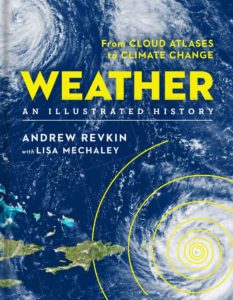 Another book that uses a timeline with great success is “
Another book that uses a timeline with great success is “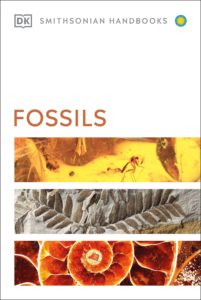
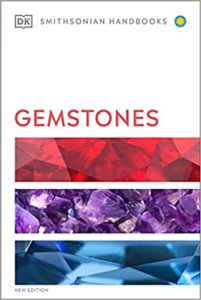 If ‘identifying’ is something that has piqued your interest, there are two new DK Smithsonian books. “
If ‘identifying’ is something that has piqued your interest, there are two new DK Smithsonian books. “ Mosscap and Sibling Dex return in “
Mosscap and Sibling Dex return in “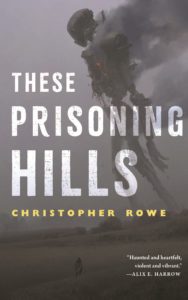 Another science fiction entry, but much darker, Christopher Rowe shows the world after a sentient AI war has come to pass in the “
Another science fiction entry, but much darker, Christopher Rowe shows the world after a sentient AI war has come to pass in the “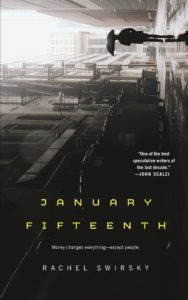 “
“ Summer is fully upon us, making leaving the air-conditioned comfort of the indoors harder to extricate ourselves from. But what to do with all that time indoors while the sun cooks everything in sight to a crisp? Books of course! Here are some new poetry books to help you while away the bright summer months.
Summer is fully upon us, making leaving the air-conditioned comfort of the indoors harder to extricate ourselves from. But what to do with all that time indoors while the sun cooks everything in sight to a crisp? Books of course! Here are some new poetry books to help you while away the bright summer months. Nicky Beer explores the joy of artifice in her latest work “
Nicky Beer explores the joy of artifice in her latest work “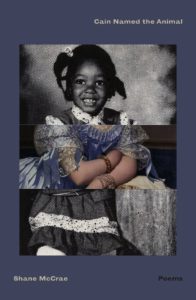 Shane McCrae, in his latest work, “
Shane McCrae, in his latest work, “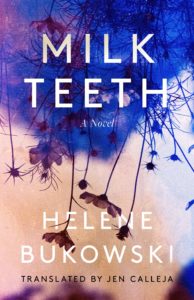 “
“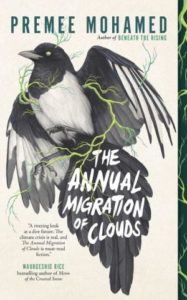 Premee Mohamed tackles generational trauma and climate disaster in her latest work entitled, “
Premee Mohamed tackles generational trauma and climate disaster in her latest work entitled, “ “
“